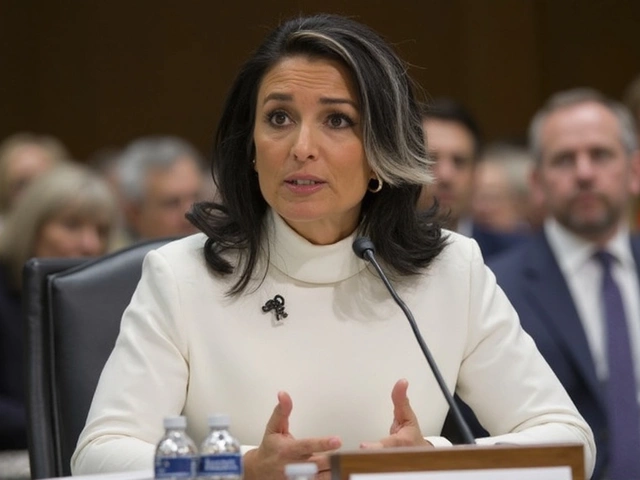What is Monetary Policy and Why It Matters
Monetary policy is the set of actions a country’s central bank takes to keep the economy stable. Think of it as the thermostat for price levels, employment, and growth. When inflation climbs too fast, the bank cools things down; when growth slows, it warms the economy up. The goal is to keep things running smoothly for households and businesses.
Tools Central Banks Use
The most famous tool is the policy interest rate. By raising or lowering this rate, the bank influences how cheap or expensive loans become. Higher rates make borrowing costlier, which slows spending and eases inflation. Lower rates do the opposite, encouraging spending and investment.
Another tool is open market operations. The bank buys or sells government securities to add or drain money from the banking system. Buying securities pumps cash into banks, making loans easier to get. Selling securities pulls money out, tightening credit.
Reserve requirements are a third lever. Banks must keep a portion of deposits as reserves. Raising the reserve ratio forces banks to hold more cash and lend less; dropping it frees up more money for loans.
How Monetary Policy Affects You
When the central bank changes rates, you feel it at the checkout line, in your mortgage payment, or on your credit‑card bill. A rate hike can mean higher loan payments, but it also protects the value of your savings by keeping prices stable. A rate cut can boost your buying power but may lead to higher prices later if inflation picks up.
Businesses watch policy moves closely. Lower rates can spark expansion, new hiring, and more product launches. Higher rates may cause firms to delay projects, cut staff, or freeze wages. The ripple effect reaches every corner of the economy, from grocery stores to tech startups.
Investors react too. Stocks often rise when rates are low because cheaper borrowing boosts corporate profits. Bonds, on the other hand, tend to fall when rates rise, since new bonds pay higher interest than existing ones. Understanding these moves can help you make smarter financial decisions.
Monetary policy isn’t a one‑size‑fits‑all solution. Central banks balance multiple goals: low inflation, full employment, and stable financial markets. Sometimes they have to prioritize one goal over another, which can cause debate among economists and policymakers.
In recent years, many banks have turned to unconventional tools like quantitative easing—buying large amounts of longer‑term securities—to keep interest rates low when normal policy tools run out of steam. These measures can lower borrowing costs even more, but they also raise questions about long‑term risks.
For everyday people, the best takeaway is to stay aware of rate changes and how they influence your loans, savings, and purchases. Keep an eye on central bank announcements, and consider how a shift might affect your budget or investment strategy.
Remember, monetary policy is about keeping the economy in balance. While you can’t control the central bank, you can adapt to its moves by planning your finances wisely, watching for rate news, and adjusting spending or saving habits as needed.
RBI Holds Repo Rate at 5.50% and Slashes FY26 Inflation Outlook Amid Global Tensions
The Reserve Bank of India kept the repo rate steady at 5.50% for the third straight meeting and slashed its inflation forecast for FY26 to 3.1%. The central bank maintains a neutral stance, balancing growth with global trade and financial risks.





